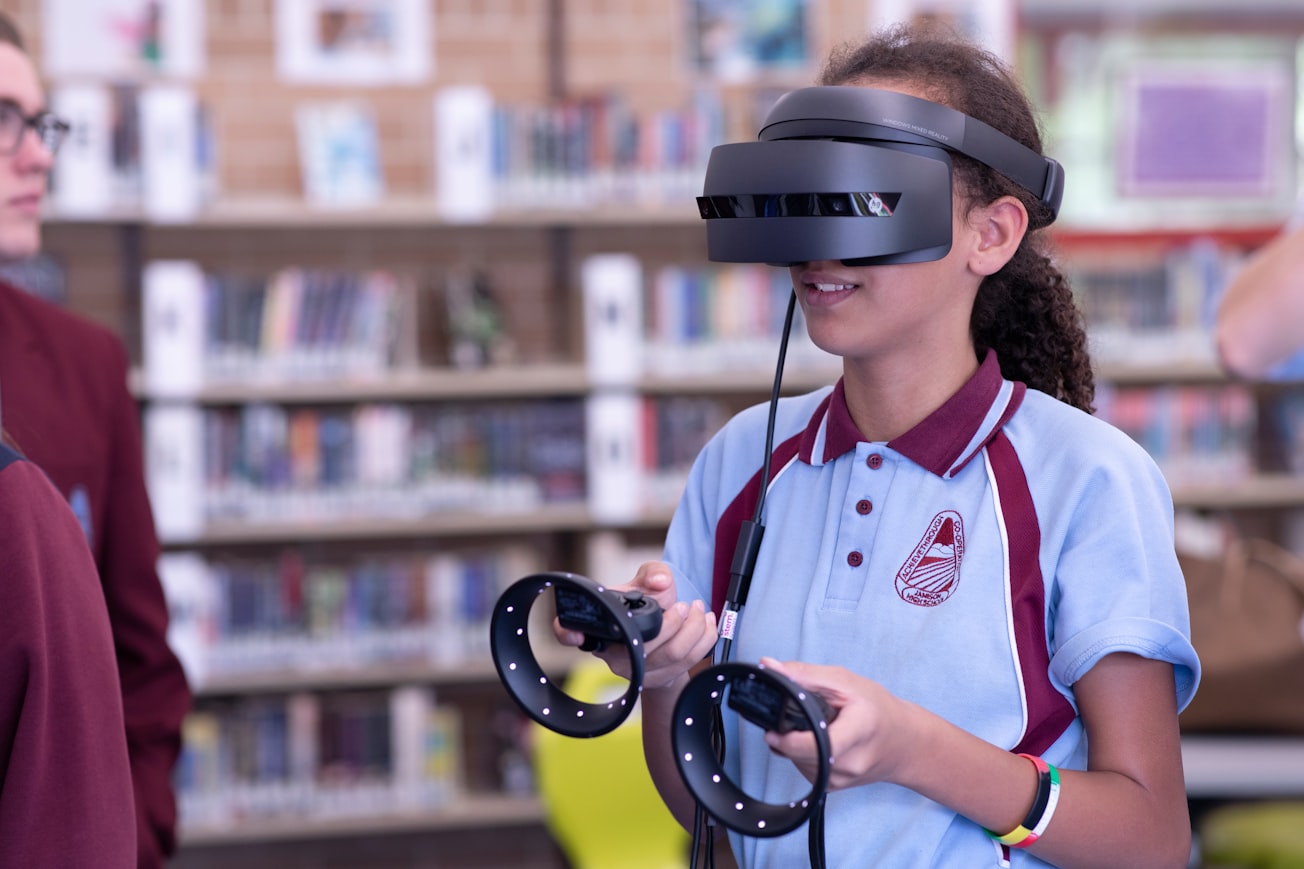What is it about?
High-street fashion retail faces an uncertain future because of fluctuating consumer shopping habits. To revive fashion retailers, adopting disruptive technologies such as virtual reality (VR) becomes important to offer highly valued consumer experiences. Yet v-commerce designers still lack sufficient guidance to create effective retail environments. The study interviewed 22 participants, 20 consumers and two VR developers regarding attitudes towards VR, motivation to shop through v-commerce and the moderating variables that influence virtual environment perceptions. We establish the v-commerce experience that targets fashion consumers’ desire and presents 13 specific design guidelines.
Featured Image

Photo by stem.T4L on Unsplash
Why is it important?
We define the factors that affect the consumer’s engagement with v-commerce. These factors are convenience and accessibility, environment and product authenticity, interactivity and personalisation. This study closes the gap in the knowledge relating to v-commerce design by offering 13 specific design guidelines. To create effective environments, a v-commerce platform must include high-quality content that goes beyond shopping activities (e.g. learning and travelling etc.) to enhance consumer engagement.
Perspectives
Working with Liangchao is an honour. I was her personal tutor at Undergrad, so seeing her grow into an exceptional researcher and author is a joy. She has driven this paper forward and produced a piece of work that stands on its own, creating important theory for academia and guiding the fashion retail industry.
Dr Christopher J. Parker
Loughborough University
Read the Original
This page is a summary of: How to design fashion retail's virtual reality platforms, International Journal of Retail & Distribution Management, June 2020, Emerald,
DOI: 10.1108/ijrdm-11-2019-0382.
You can read the full text:
Resources
Contributors
The following have contributed to this page










